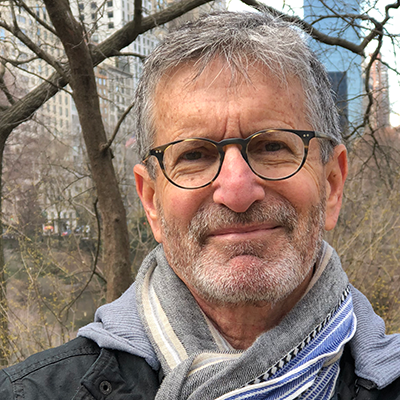
One small step for today’s older adults could become a giant leap for generations to come. On June 10, California Gov. Gavin Newson called for the creation of a plan to address concerns of the state’s aging population.
By following through on his campaign promise to support older adults, the governor may be setting a couple of significant political precedents.
The opportunities and challenges created by our increasing longevity will be the focus of the new Master Plan on Aging, due by October 1. This is the first such effort by a governor in recent memory. The goal is to provide relief for the most vulnerable among the state’s six million older adults. Yet the more substantive, long-term policies and programs will almost certainly pay greater dividends for future generations. In other words, this commitment is more about doing what’s right than merely what’s politically expedient and immediately gratifying.
For better and worse, the clock’s ticking on this Age of Longevity. It is time to frame and claim healthy, purposeful aging for all Californians as a public-policy priority.
YOUR BRAIN ‘FRAMES’ WITH EMOTIONS, NOT FACTS
ARCHIVE UPDATE [1-22-19] — Political persuasion requires equal parts science and art and dirt — and one thing more. “It must be more than a laundry list of facts, policies, and programs,” according to George Lakoff, an authority on political debate and framing. “It must present a moral alternative, one traditionally American, one that lies behind everything Americans are proud of.”
Cognitive scientists like Lakoff are introducing radical changes to our understanding of what reason is and what it means to be rational. What we’re learning, and what successful strategists, campaigners and debaters are applying, is the value of framing messages using metaphorical thought, emotion and moral importance.
It’s not as though facts don’t count, but, as Lakoff explains, “to be meaningful they must be framed in terms of their moral importance.” In other words, the facts have to fit within the preset beliefs in your brain or they will be ignored or disregarded. About 98 percent of what our brains do is at an unconscious level, according to Lakoff, who asserts: “As a result, we may not know all, or even most, of what in our brains determines our deepest moral, social, and political beliefs.”
In his seminal book, Don’t Think Like an Elephant, Lakoff offers framing on security, health, education, early childhood development, environment, equal rights, among other issues. Not on aging, though. So, using his insights, the following content proposes how advocates and those of us affected directly and indirectly might frame aging.
HOW TO “FRAME” THE AGE OF LONGEVITY
Hold the alarming statistics, especially those that suggest the proverbial “silver tsunami.” They tend to reassert and reinforce the negative, rather than propose a positive. In the increasingly competitive field of social causes, policymakers and voters gravitate toward concerns whereby potential solutions are forthcoming … and personally relevant.
Good word: Longevity — because it is a positive word, which implies endurance and value; by contrast, aging carries negative connotations, such as old and nearing completion.
Good perspective: Older adults are a renewable resource. (not a burden or increasing problem)
Good moral importance: Make life better for today’s older adults to ensure it is better for next generations.
Good value: Older adults no longer retire, they repurpose their experience, time and relevance.
Good emotion: Advantage, opportunity and purpose are universal, ageless aspirations.
Good metaphorical thought: Healthy, purposeful longevity personifies a positive relationship with time.







This Humble Sky should be in the OpEds of newspapers – and of course, local and national television. Why not? Can do?
I need to do more repurposing.